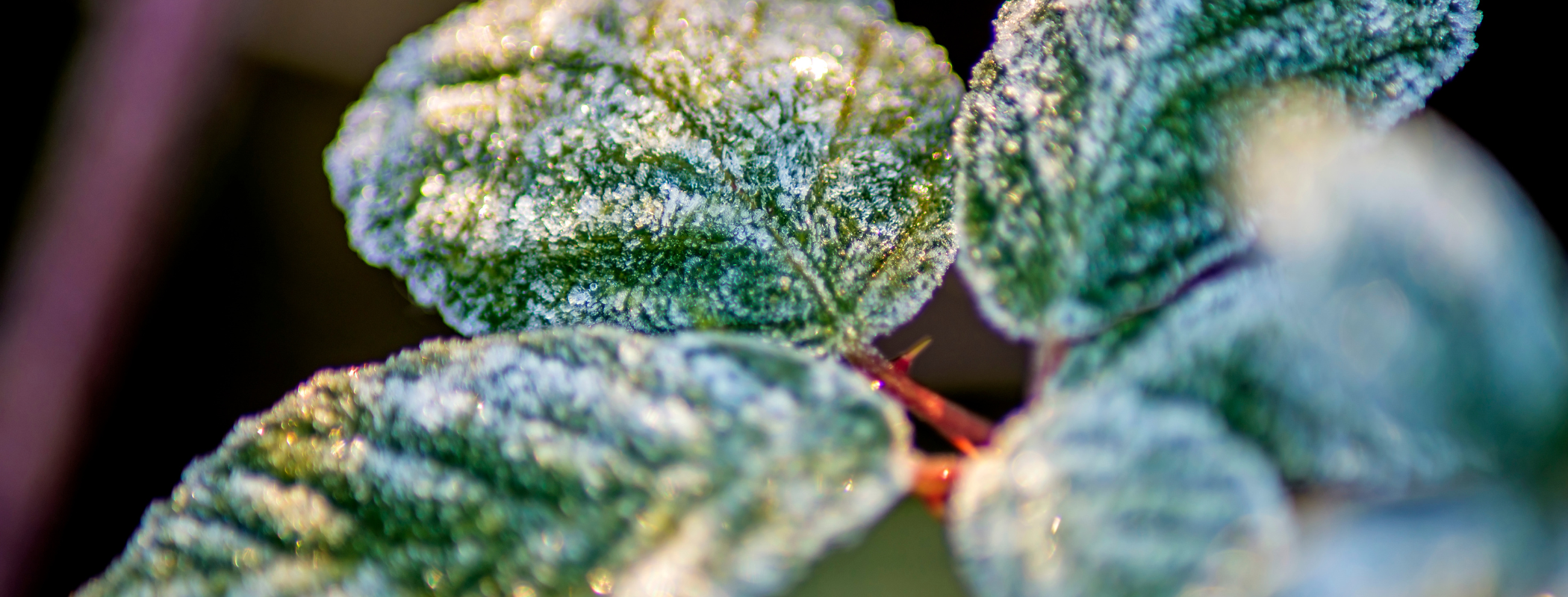A plant’s appearance can tell you a great deal about their health. For example, drooping leaves often mean that a plant needs more water; burnt leaves usually mean the plant is receiving too much sunlight. But what about those white crystals that show up on your plant’s leaves—what do they mean? How do you get rid of them?
White crystals on plant leaves are evidence of a salt buildup in the soil. The salt leaches out of the plants when they expel water from their leaves, typically due to over watering. To remedy salt buildup in your potted plants, leach the soil with water to flush the salt out of it.
Keep reading to learn more about why white crystals show up on your plant leaves and what you can do to make them go away.
Why Are There White Crystals On My Plant Leaves?
White residue on plant leaves is often due to soluble salts in water or soil. This excess salt can have a variety of causes:
- Watering with hard water
- Using too much fertilizer
- High levels of salt naturally occurring in the soil
Over watering is the most common cause for these salts being deposited on the plant’s leaves. When the plant receives too much water, it expels it through its leaves in an attempt to dry out. Once the water crystals are on the surface of the leaves, they will evaporate, drying out the soil.
When there is a lot of salt in the water the plant receives, it will concentrate on the plant’s leaves as the water is naturally evaporated. This is what creates those white crystals you notice on the plant’s leaves.
How Do I Get Rid Of White Crystals On My Plant Leaves?
The method for getting rid of white crystals on your plant’s leaves depends on their cause. If you’re watering your plants with hard water, it may be the culprit. Watering with a low-salt water is the best solution; rainwater is best. If you can’t water with rainwater, distilled water is a good second choice.
If the white crystals on your plant’s leaves are due to using too much fertilizer or naturally high levels of salt in the soil, you’ll need to flush the soil with water. If you have hard water, try to flush the soil with distilled water.
To flush the soil, make sure the pot has drainage holes at the bottom. Place the pot in your kitchen sink and run water over the soil freely. As the water leaches out of the drainage holes at the bottom of the pot, salt will go with it, lowering the salt content of the soil.
Make sure to use plenty of water to thoroughly flush the soil. For example, if your plant is in a two gallon pot, use at least four gallons of water to flush out the salt. After the soil is able to drain thoroughly, the salt content will be greatly reduced and your plant shouldn’t produce any more white crystals.



